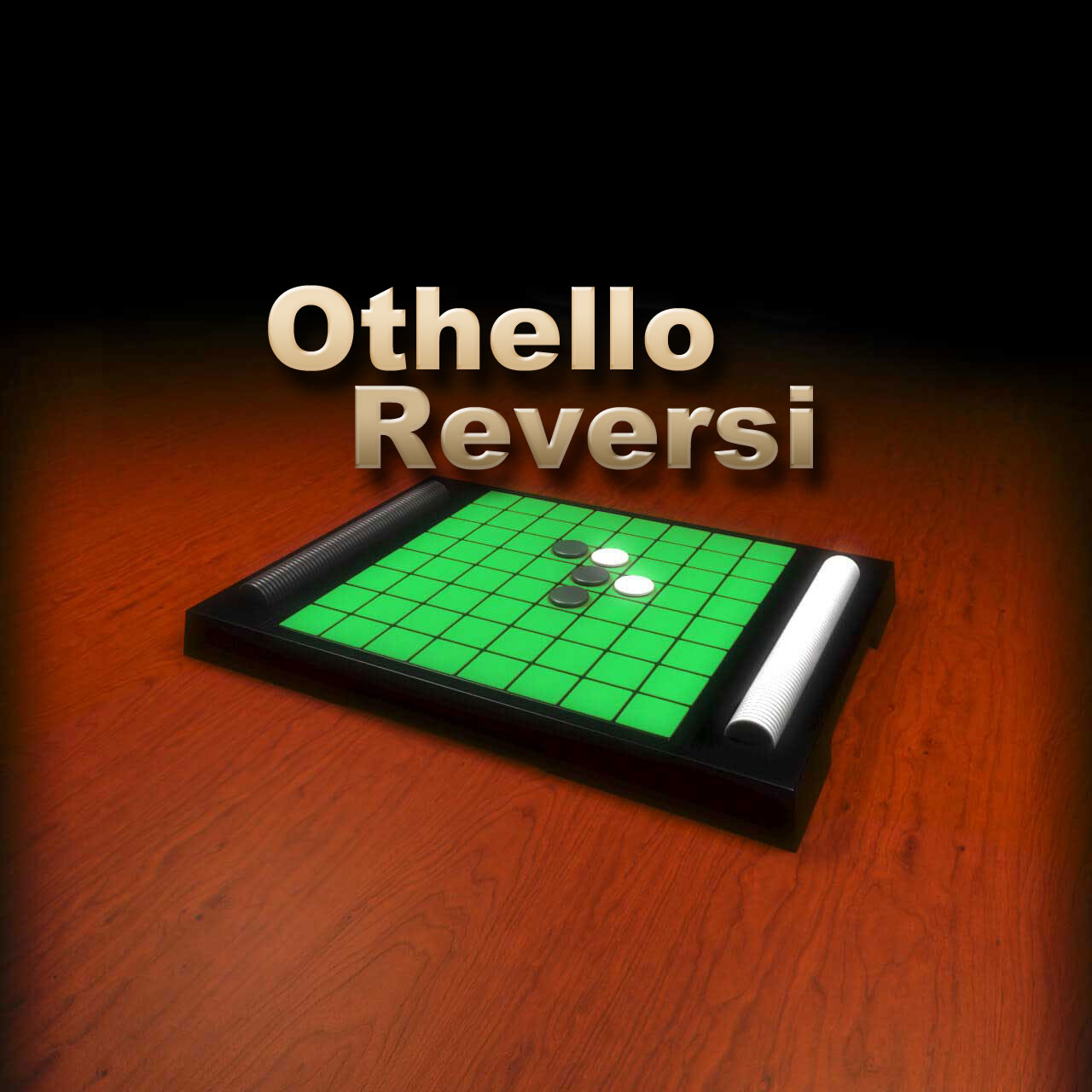


In some cases if you set it up correctly you can do this 3 or 4 turns in a row and shift a large portion of the board.

The winning player is the player with the most pieces showing their color.The game is over when no player has a viable move.If a piece is played so that pieces or rows of pieces in more than one direction are trapped between the new piece played and other pieces of the same color, then all the pieces in all directions are turned over.The row of opponent’s pieces must be flanked by the new piece and another piece of the player’s color.Each piece played must be laid adjacent to an opponent’s piece.
#Othello game plus
Like Othello, the board consists of a 64-square checker board plus 64 playing pieces.The computer will block your attempt if you try to place a piece on an invalid square.The game starts with four pieces at the center.Your aim is have more pieces of your color than your opponent when the game ends.Flip you opponents pieces by trapping them between two of your own.Difficulty level: easy, medium, or hard.Play mode: player vs player or player vs computer.Select the game mode and difficulty level.Click on the green play button on the welcome screen to start the game.Whoever has more pieces at the end of the game wins. In Othello, a player without a move simply passes, and the other player keeps playing pieces until the first player can make a move again.Place your pieces around your opponent’s pieces to convert their color to yours. In Reversi if one player cannot not play a piece, the game finishes.The reason for this is that In Reversi, the extra freedom can result in an opening that produces a less interesting game. In Othello, the four squares in the middle of the board start with four counters already placed - white top left and bottom right black top right and bottom left.In Othello, the two colours are Black and White and Black always plays first.There are two differences between Othello™ and Reversi. a move that captures at least one opposing piece) or when the board is full. The game is over when neither player has a legal move (i.e. In this case, all the pieces in all viable directions are turned over. It can happen that a piece is played so that pieces or rows of pieces in more than one direction are trapped between the new piece played and other pieces of the same colour. All of the opponent's pieces between these two pieces are 'captured' and turned over to match the player's colour. Each turn, the player places one piece on the board with their colour facing up.įor the first four moves, the players must play to one of the four squares in the middle of the board and no pieces are captured or reversed.Įach piece played must be laid adjacent to an opponent's piece so that the opponent's piece or a row of opponent's pieces is flanked by the new piece and another piece of the player's colour. Player's toss a coin to decide who will play first. A player's objective is to have more of their allocated colour face upwards at the end of the game. Each player is allocated one of the colours by mutual agreement and they take turns to play a piece until all the squares are occupied. Accompanying the board, there should be 64 pieces - originally each was red on one side and green on the other but of course any 2 colours can be used and more recently they tend to be dark and light. Reversi is played upon an 8 x 8 squared board without chequers.
#Othello game windows
In the 1970s it was given a boost when a branded version of it called Othello became very popular and in the 1980's a version of the game appeared with the Microsoft Windows operating system which provided a further boon. Reversi first appeared in Britain during the Victorian era and has been popular ever since.


 0 kommentar(er)
0 kommentar(er)
